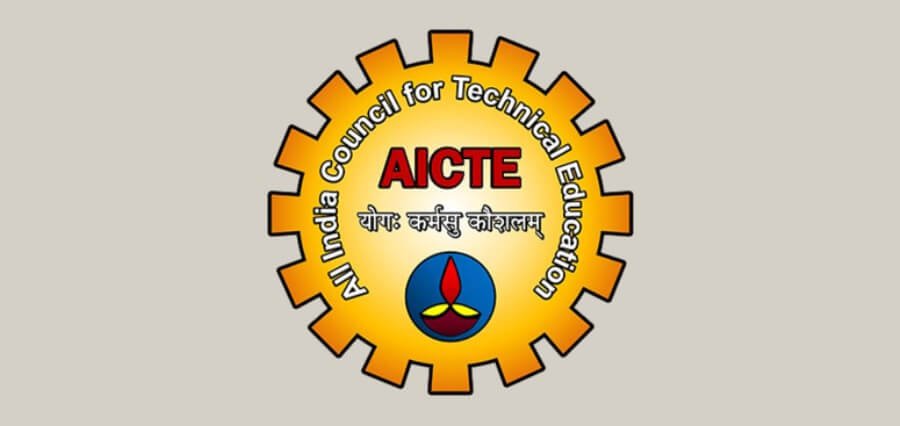Similar to the growth, development, and progress of civilization driven by industrialization, education has continuously evolved over the centuries. Industry and academia, particularly in the realm of Modern Academic practices, have always been two complementary fields, each relying on the other for the dissemination of knowledge.
Yet, there existed a constant mismatch between what industry expected from academia in terms of a source of providing industry-ready professionals turned out of academia’s best talents and what colleges, universities, and institutes offered in reality.
The divide paved the way for joining forces to bridge the gap. The collaboration between academia and industry has long been recognized as a catalyst for driving innovation, fostering knowledge exchange, and bridging the gap between theoretical knowledge and real-world applications.
Over the years, the nature of this collaboration has evolved, leading to distinct approaches: conventional academic-industry partnerships and modern academic-industry alliances.
These approaches differ in their structures, objectives, and modes of engagement, leading to varying impacts on research, education, and knowledge translation into practical applications.
Conventional Academic-Industry Partnerships
Conventional academic-industry partnerships have been prevalent for decades, characterized by a more formal and linear relationship between academia and industry. In this traditional model, research collaborations are often project-based and funded by industry sponsors seeking solutions to specific problems or to develop new products. Academics and industry experts collaborate within defined boundaries, focusing on achieving targeted outcomes.
Benefits of Conventional Partnerships
Funding Opportunities: Conventional partnerships provide academia with access to industry funding, enabling research projects that might not have been feasible otherwise due to financial constraints.
Practical Applications: The research in such partnerships often leads to tangible applications and innovations that can be directly implemented in industry settings.
Real-world Relevance: Industry involvement ensures that research addresses real-world challenges and aligns with industry needs, making the findings more relevant and applicable.
Challenges of Conventional Partnerships
Limited Independence: The focus on specific industry goals may limit academic freedom and the pursuit of curiosity-driven research.
Short-term Perspective: Project-based collaborations might prioritize short-term outcomes, potentially overlooking long-term implications and fundamental discoveries.
Intellectual Property Concerns: Intellectual property rights and ownership can become complex and contentious, particularly when industry partners fund research projects.
Modern Academic-Industry Collaborations
Modern academic-industry collaborations have emerged as a response to the changing dynamics of the knowledge economy and the recognition of the value of open innovation and multidisciplinary approaches. This model emphasizes a more dynamic, flexible, and reciprocal relationship between academia and industry, fostering continuous knowledge exchange and co-creation.
Characteristics of Modern Collaborations
Open Innovation: Modern collaborations embrace open innovation, encouraging the sharing of ideas, data, and resources between academia and industry to drive collective progress.
Interdisciplinary Collaboration: The focus is on interdisciplinary collaboration, bringing together experts from various fields to tackle complex challenges holistically.
Long-term Partnerships: Modern collaborations often involve long-term partnerships, allowing for sustained engagement and deeper exploration of research areas.
Benefits of Modern Collaborations
Knowledge Diffusion: The continuous flow of knowledge between academia and industry leads to more informed decision-making and the rapid adoption of research findings.
Holistic Problem-solving: Interdisciplinary collaboration fosters comprehensive problem-solving, considering social, economic, and environmental factors and technological advancements.
Skill Development: Students and researchers benefit from exposure to real-world challenges, enhancing their skills and employability in industry settings.
Challenges of Modern Collaborations
Cultural Differences: Bridging the cultural divide between academia and industry can be challenging due to differences in organizational structures, timelines, and objectives.
Time and Resource Constraints: Modern collaborations demand significant time, resources, and commitment from academia and industry to succeed.
Academic Recognition: Some traditional academic evaluation criteria might not fully acknowledge the value of collaborative efforts, potentially impacting academic career progression.
The Way Ahead
Both conventional academic-industry partnerships and modern academic-industry collaborations offer unique advantages and challenges in advancing research, education, and societal progress. While traditional associations provide targeted solutions and industry relevance, current partnerships foster open innovation, interdisciplinary approaches, and long-term impact.
The ideal approach may vary depending on the context, research goals, and industry needs. As the boundaries between academia and industry continue to blur, balancing the two models becomes essential to harness the collective potential of academic inquiry and industrial application.
Embracing a diverse range of collaboration models and finding ways to harmonize their strengths could pave the way for a more fruitful and symbiotic relationship between academia and industry, driving innovation and positively impacting society in the contemporary knowledge-driven era.
Read More: Click Here





